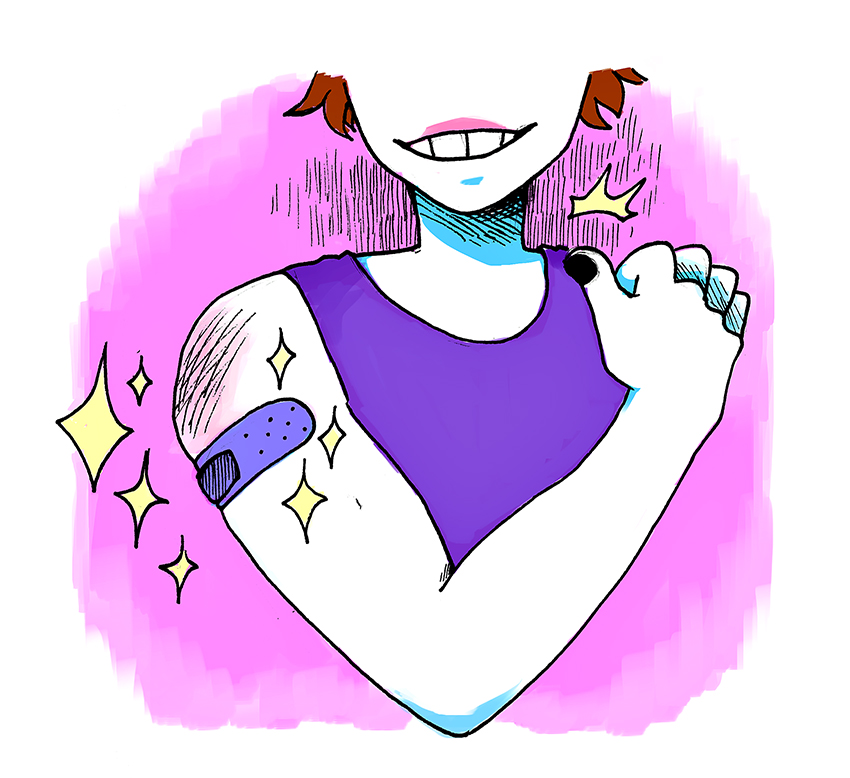A team of engineering undergraduate students at UT-Arlington are rolling in praise after patenting a smart bandage that can ease the pain of recovery.
The team created the bandage, which is capable of delivering drugs to a wound on a schedule, as part of their senior design project in 2010. They won awards for and presented at conferences about their invention, which was patented in December 2016 under the name Controlled Release Nanoparticulate Matter Delivery System.
The team set out to create a bandage that would better heal wounds and burns. One issue with treating wounds is that changing bandages can increase the chance of infection, said Letia Blanco, an engineer at defense contracting company Raytheon, who led the student team while at UT-Arlington.
Pranesh Aswath, UT-Arlington material sciences and engineering professor and one of two faculty advisors of the project, added that burns in particular are painful when handled and can require multiple medications for healing.
“When you have a need for multiple different drugs — possibly at different time points — it’s a huge challenge to deliver those at the burn location,” Aswath said.
The smart bandage mitigates these issues by being rechargeable and releasing designated drugs on a schedule, which reduces the need for frequent bandage changes.
“By using our bandage, you can put it on once, recharge the cells — which will release medication on their own schedules — and keep the wound closed off from the dangers of infection,” Blanco said.
Blanco described the bandage as a checkerboard, with squares containing different medications held together by a polymer. The medications, such as antibiotics or growth hormones, are released on schedules unique to each drug for each user. The bandage also contains a gel, which controls the wound’s temperature and regulates drug delivery.
For their work, the team won an award from the American Society for Materials International Undergraduate Design Competition in 2011. They also presented their findings at the Biomedical Engineering Conference in 2011 and the American Society of Mechanical Engineers Winter Annual Meeting in 2012.
Aswath said UT-Arlington and Raytheon are discussing the possibility of commercializing the bandage, which was patented in December. He added that the project helps to show the importance of undergraduate research.
“It’s not very common to see undergraduate projects get to this level of sophistication,” Aswath said. “That’s what I’m most proud of — that we were able to get our undergraduate students to do something of this importance.”
Blanco said that the senior design project is a great way for students to utilize what they’ve learned as undergraduates.
“(A senior design project) is really this wonderful culmination of all these different classes,” Blanco said. “It’s an excellent opportunity to take this disparate group of skills you’ve learned from all these different classes and put it together.”












